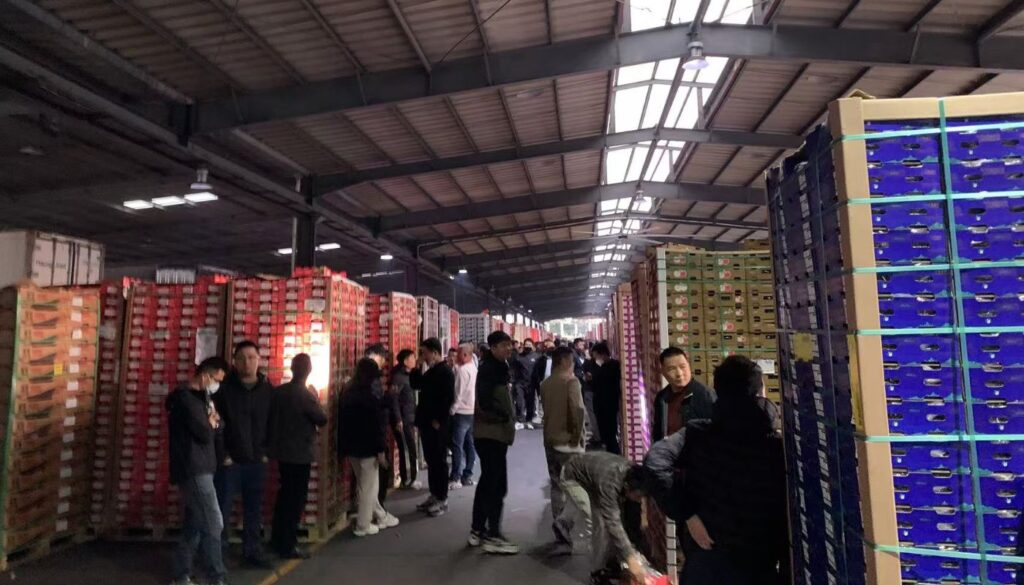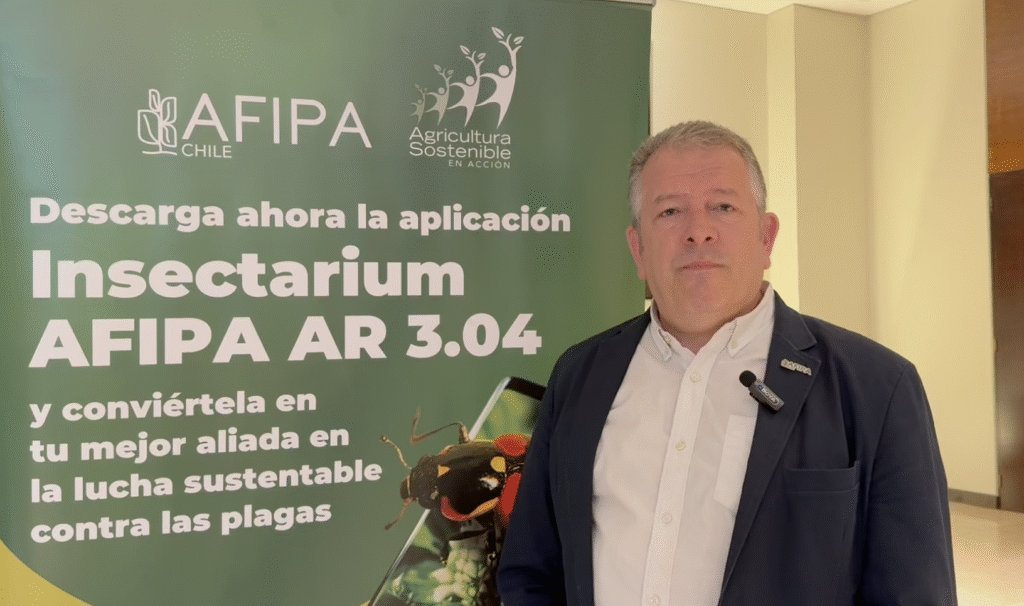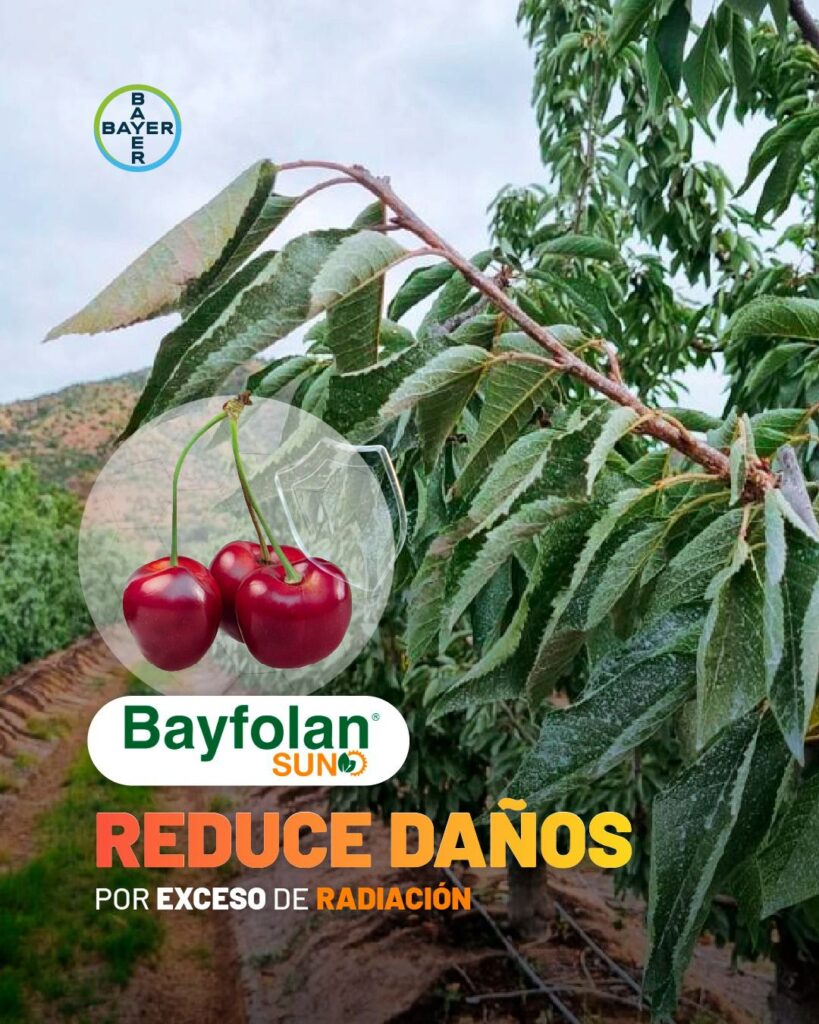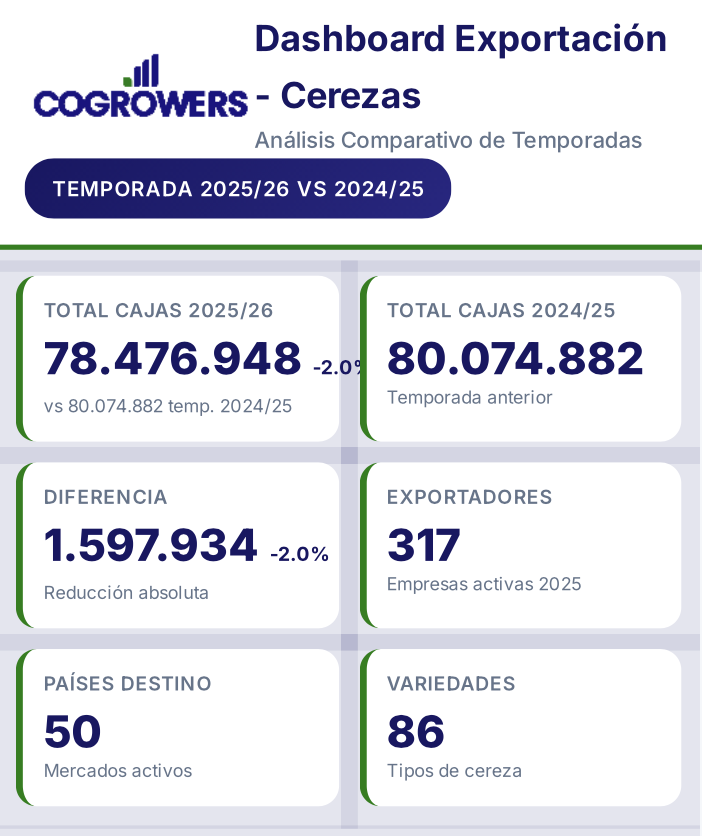If we had to define the most relevant period in terms of number of applications, it is about to begin and has to do with the nutritional and phytosanitary programs that must be carried out once the plants come out of dormancy and the phenological advance party begins. Given this, it is extremely important to carry out an exhaustive review of the machinery to be applied, as well as ensuring that the personnel who apply it have the appropriate training and protection. In this context, we spoke with Raúl Osorio, Founder and Director of Peulla Asesorías.
How do we prepare for what is coming, considering the large number of applications for cherry orchards?
«The dormant period is the longest, but it is where fewer applications are made and it is where they should be invited to have their equipment well maintained, calibrated and well adjusted for what comes next in the season, which represents 70-75 percent of the applications, around 20-25 during the period from the beginning of the flower to harvest and without adding those that are post-harvest; applications that can be every 7 days, every 10 days, therefore there is no an optimal time to do calibrations, minus maintenance, which must be done in a timely and preventive manner."
What are the main recommendations now that we are on the verge of flowering?
«This year we expect a year of high production, so one might think: should I apply more, should I apply better equipment? No, the truth is that one should follow the same maxim, which is to apply well, and applying well means using equipment in good condition; all the equipment that is on the market, if it is well maintained, will be used well. We still have a few days left to come out of the recess, indeed, so I hope that all cherry producers are concerned and busy with that.»
Three years ago, according to the figures you gave us, 90 percent of the application machinery had some kind of problem or poor calibration. How has that percentage changed to date?
«I have another figure, if we can write it down and remember it, of the teams that we have to visit, which are around 9,000 hectares, that is to say the number of teams for 9,000 hectares, and in them we have reached the point where that figure has evolved to a lower proportion of teams with serious defects; that proportion that used to be 90 percent of the teams with serious defects, today has dropped to less than half.»
What recommendations would you give regarding applications now, considering the recent floods that affected orchards and possible modifications to phytosanitary programs?
«I think that this year the application technique will be taken more seriously. With the help of Carlos Tapia and his Avium team, we are working on determining the volumes of the crop canopy, where we effectively measure what is required. Therefore, this measurement will determine that the volume of water that will need to be applied will be less and, since it is less, we will most likely have to spend less time applying it, fewer resources. Therefore, from that point of view, we will be more profitable and more sustainable. Today, since the soils are flooded, we will have to assist them in a more effective and efficient way, and what we need to do now is to keep in mind these measurements that we should make and make more efficient and effective applications from that point of view.»
When we talk about applications we always refer to doses, calibration, maintenance, equipment, but how much of the success of an application falls on the operator who performs it?
«I'm going to make a very personal analogy. When my daughter was little, I was in charge of giving her the 22 cc that the doctor who treated her told me to. My mother did the same, my father too. For me, the operator is very important, because that is the person who delivers this to the crop. That person has to be highly trained. In addition to that, we have to be constantly making sure that they are very well protected to make applications and also instructing them on all the effects and environmental impact that the applications cause.»
Finally, do we have time to look at our machinery before leaving?
"We are still on time, there is a little less than a month left, therefore, one more invitation is for those who have not yet done it (the maintenance) to get up to date and hope that they do very well in this new season," concluded Raúl Osorio.








